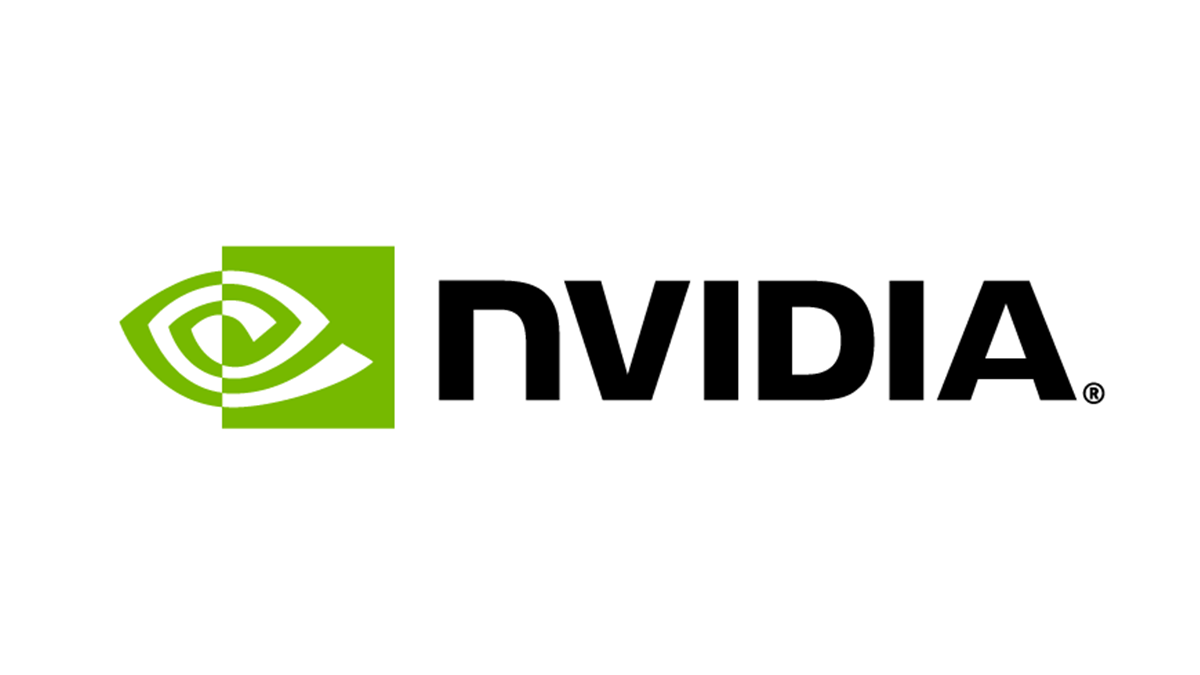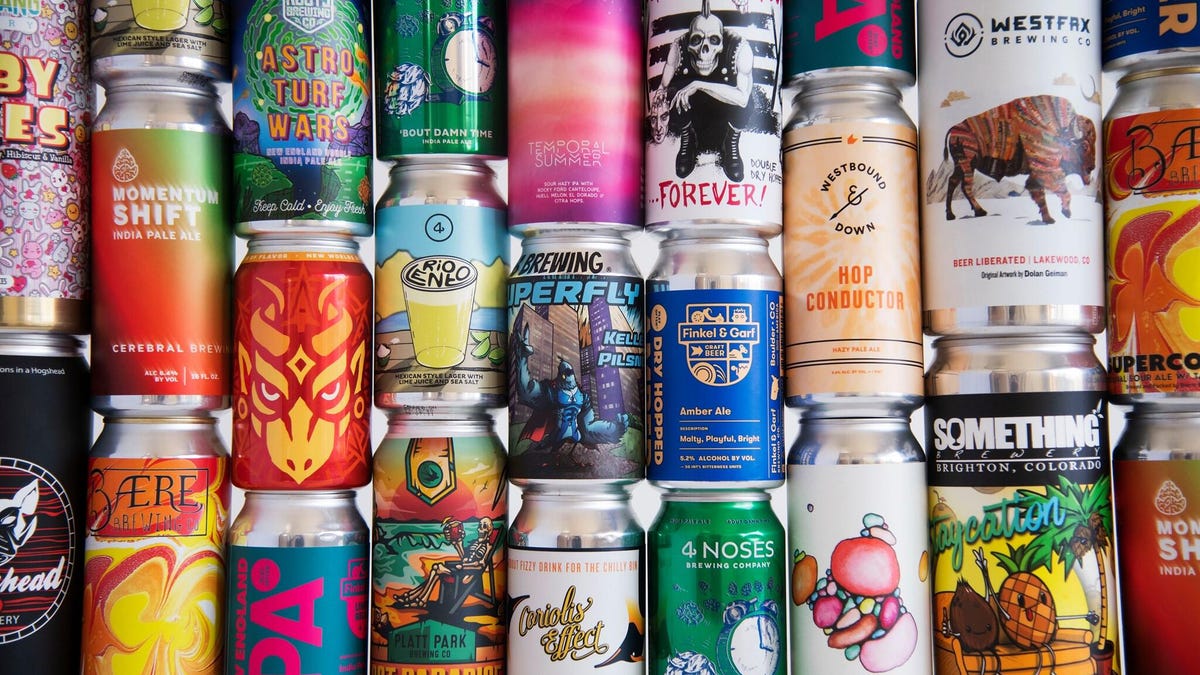Windsurf has introduced its first set of SWE-1 models, aimed at supporting the full range of software engineering tasks, not limited to code generation. The lineup consists of three models SWE-1, SWE-1-lite, and SWE-1-mini, each designed for specific scenarios.
SWE-1 is focused on tool-call reasoning and is reported to perform similarly to Claude 3.5 Sonnet, while being more cost-efficient to operate. SWE-1-lite, which replaces the earlier Cascade Base model, offers improved quality and is accessible without restrictions to all users. SWE-1-mini is a compact, high-speed model that enables passive prediction features in the Windsurf Tab environment.
The SWE models are designed to address limitations in existing coding models by introducing flow awareness, a framework that enables models to reason over long-running, multi-surface engineering tasks with incomplete or evolving states. The models are trained on user interactions from Windsurf’s own editor and incorporate contextual awareness from terminals, browsers, and user feedback loops.
Windsurf evaluated the performance of SWE-1 through both offline benchmarks and blind production experiments. The benchmarks included tasks such as continuing partially completed development sessions and completing engineering goals end-to-end. In both cases, SWE-1 showed performance close to current frontier foundation models, and superior to open-weight and mid-sized alternatives.
Production experiments used anonymized model testing to compare SWE-1’s contributions in real-world use cases. Metrics such as daily lines of code accepted by users and edit contribution rates showed that SWE-1 is actively used and retained by developers. SWE-1-lite and SWE-1-mini were developed using similar methodologies, with lite aimed at mid-tier performance and mini tuned for latency-sensitive tasks.
All models are built around the concept of a shared timeline, which allows users and the AI to operate together in a collaborative flow. Windsurf plans to expand this approach and refine the SWE model family by leveraging data generated through its integrated development environment.
Initial community reactions to the SWE-1 model family highlight interest in its broader approach to software engineering tasks beyond coding. Developers have noted the usefulness of SWE-1’s tool-call reasoning and its ability to handle incomplete workflows across different development environments.
Web and app developer Jordan Weinstein shared:
Super impressive so far. Though when testing supabase MCP with SWE1 it errors in Cascade. Lite does not.
And Technical Leader Leonardo Gonzalez commented:
Most AI coding assistants miss 80% of what developers actually do. SWE-1 changes the game.
The release coincides with OpenAI’s acquisition of Windsurf, a move intended to strengthen its presence in the growing market for AI-powered software engineering tools, where competitors such as Anthropic’s Claude and Microsoft’s GitHub Copilot have established a strong foothold. OpenAI is expected to integrate Windsurf’s engineering-focused AI capabilities into its own ecosystem, including platforms like ChatGPT and Codex, further expanding its presence in software development tools.









